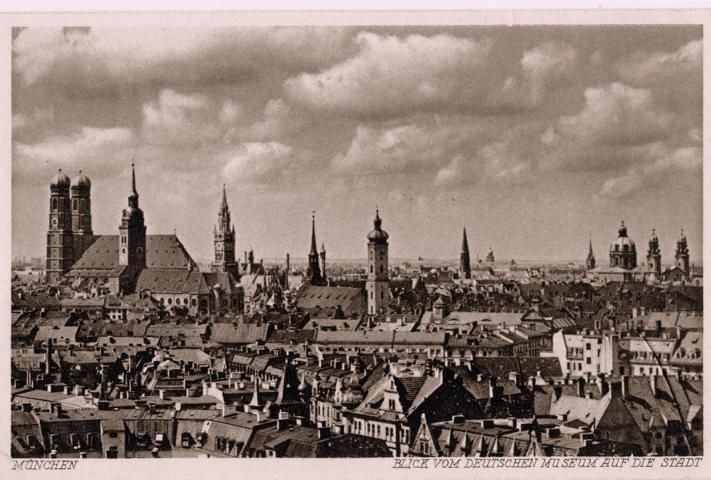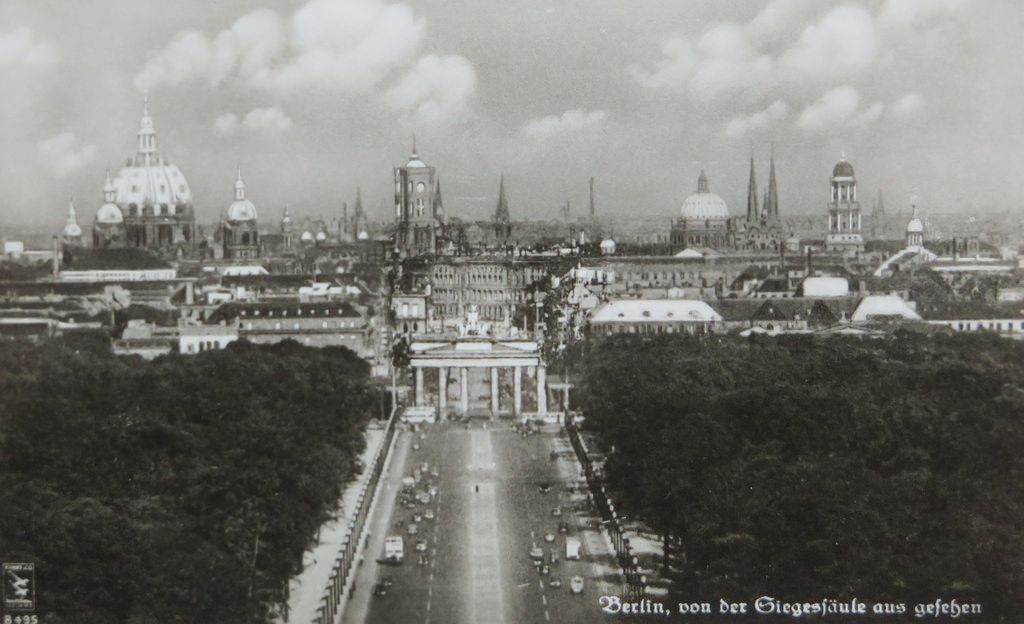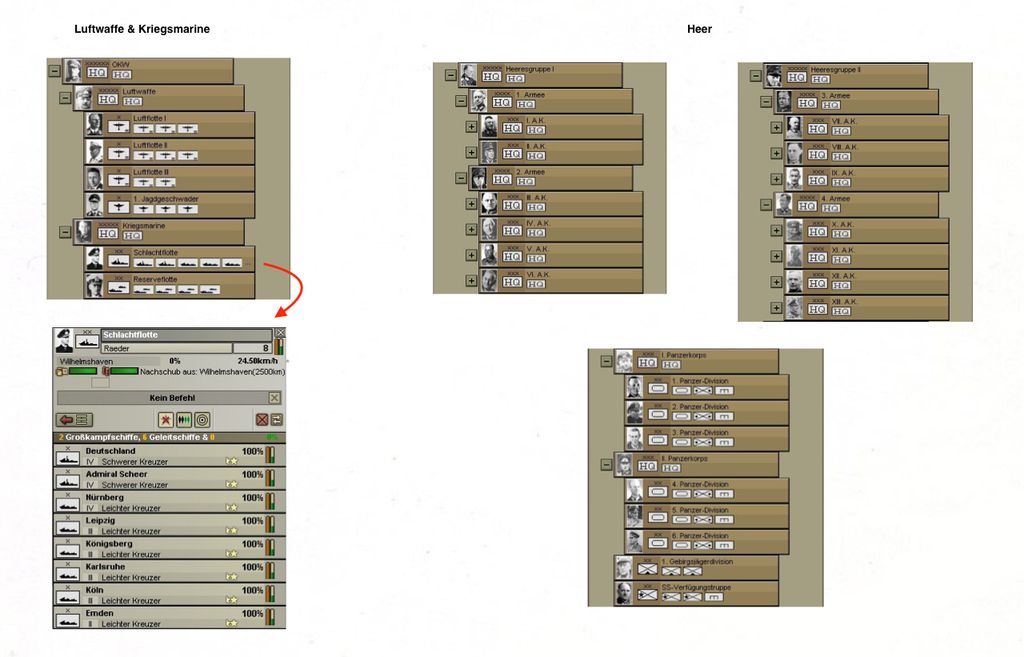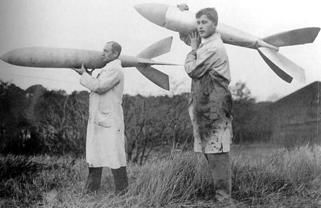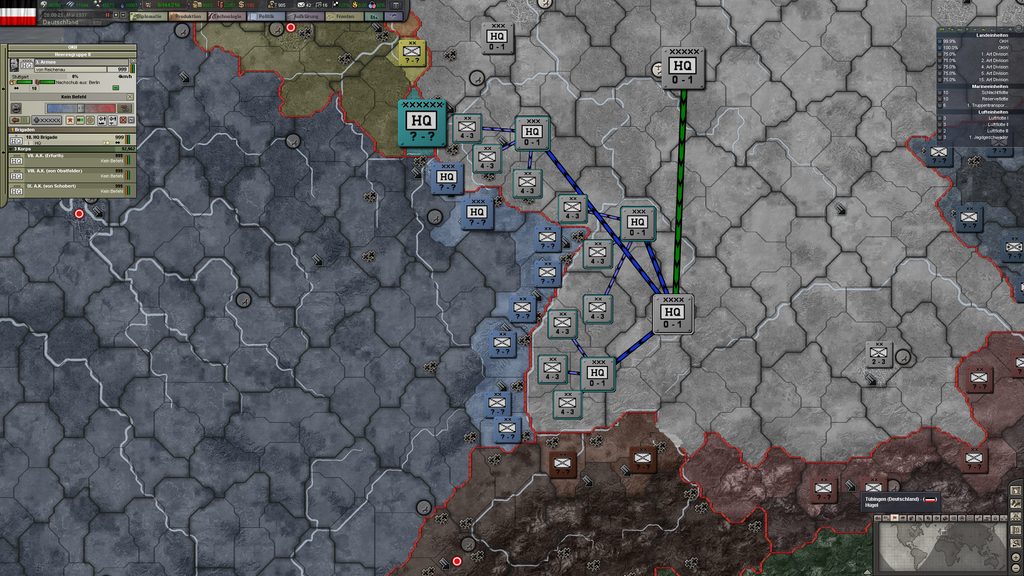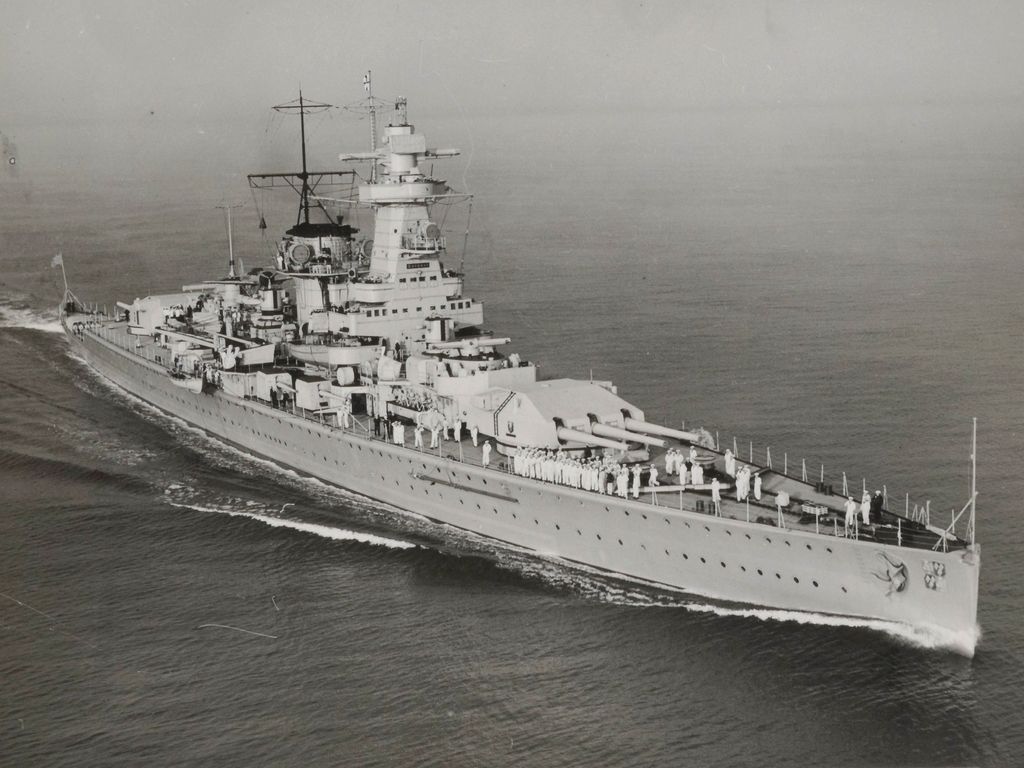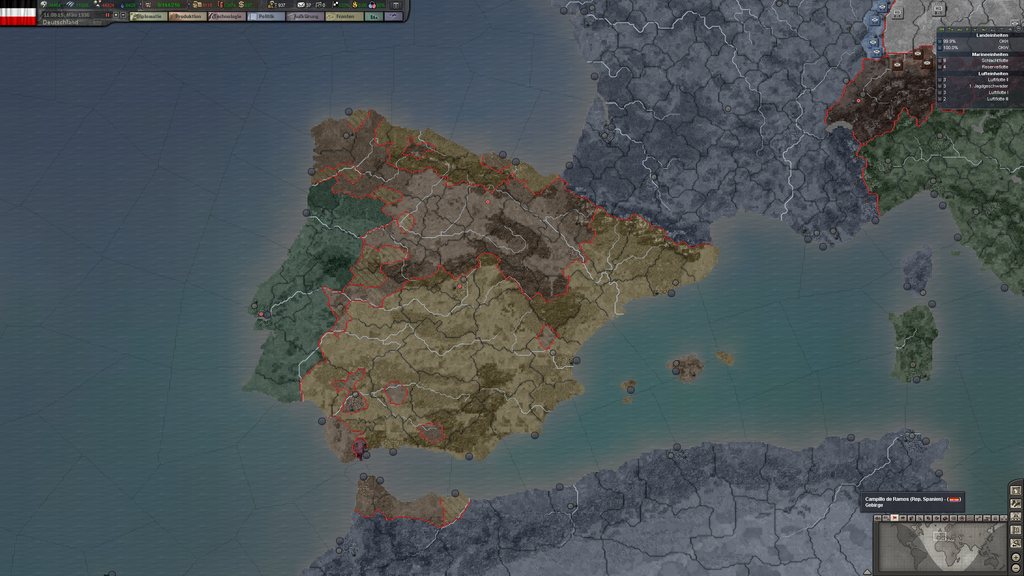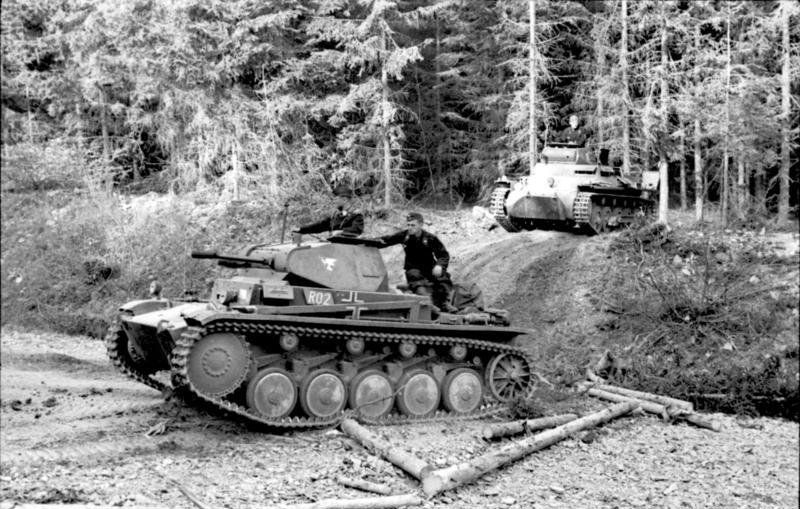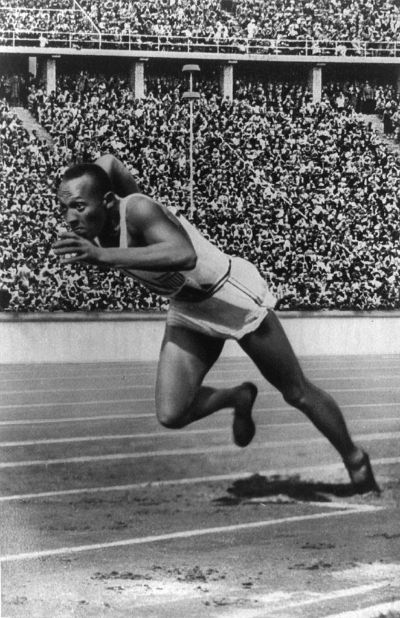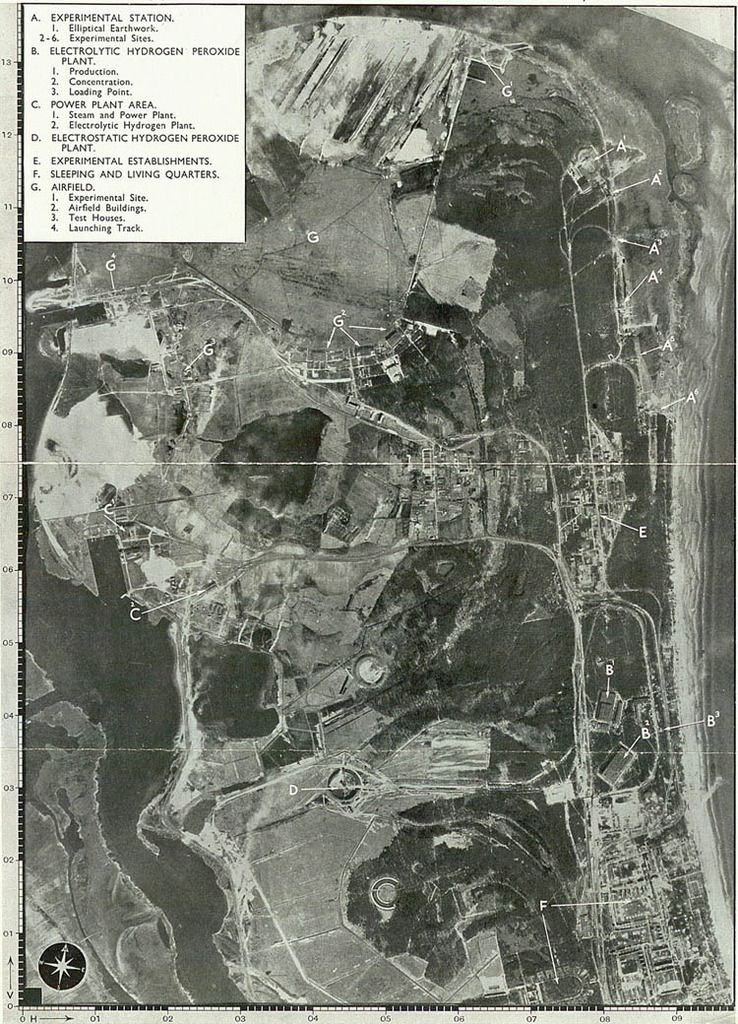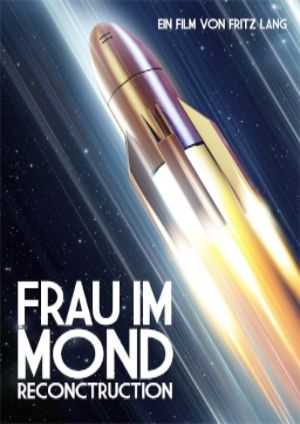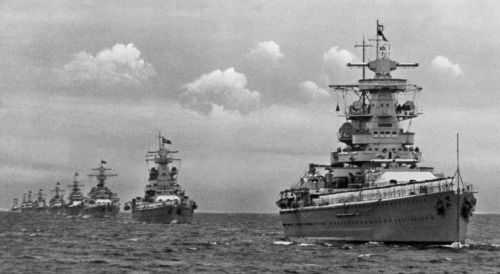1. The way to war
Berlin, 1.1.1936
Today was my first day of work and it didn’t start all to well. As I had already been introduced to some of the fellow staff officers and young secretaries on a short visit to the command center, I had already made some private contact. And as a tradition of the young staff assistants, we would celebrate new year together.
Well, to sum it up, I overslept. I was supposed to be at the
Kriegsministerium at 8 in the morning to prepare some files for a meeting of all of the departments of the newly created Wehrmacht, which combines all the armed forces of the Reich and promises better cooperation between the departments. In the end I barely managed to arrive 10 minutes before the start of the meeting and was still quite drunk.
Marie, one of the secretaries in my age, gave me the files and I quickly went through them.
Then I entered the meeting room. It was vast with a huge table covered in maps and top secret files. Several lower staff officers were already in the room and I was greeted by some of the senior officers who went out with us yesterday. We exchanged some words and I presented some of the more important files to them.
General Ludwig Beck, chief of staff
Shortly after, General Beck entered the room, followed by the majority of the staff of the
Heer.
With them was Heinz Guderian, newly promoted leader of the
I. Panzerkorps. He was here today to talk about several essays he wrote about tank warfare.
General Beck finished the small talk he had with the high ranking officers of the
Heer and approached the group of young staff officers and assistants including me. All of us instantly saluted, he returned it and came straight up to me.
He introduced himself quite cordially for such a high ranking officer and he exchanged some words with the other officers around me. Then I handed him the most important files as I was told, he flew through them and gave them straight back to me with the note that I should have them ready when he needed them.
Shortly after, the admiralty of the
Kriegsmarine, lead by Erich Raeder, entered the room. Raeder was a man who wanted to expand the Kriegsmarine massively over the next years to be eventually able to contest the British and the French on the high seas. This was a very ambitious goal, in the mind of many even unachievable.
9 am passed soon and still not everybody was assembled to start the meeting. The present members of the military were quickly involved in many small talks and I stood there wondering and observing the many different officers and trying not to vomit on the floor as I still was pretty hungover.
Suddenly the soldier guarding the entrance announced loudly the arrival of the
Führer.
Everybody in the room immediately stopped talking, stood in attention and saluted as the group of men entered the room. They were led by the head of Hitlers bodyguards Joseph „Sepp“ Dietrich.
After him came the
Führer himself, followed by Göring, the leader of the
Luftwaffe, and the Minister of economy and war, Hjalmar Schacht. Following them were some more men from the party and some officers from the
Luftwaffe.
Hitler immediately gave the sign to begin the meeting.
The meeting was extremely long and because of my physical condition I wasn’t able to remember all the details of it, but I will try to sum them up here.
At first the generality took a look at the
Kriegsmarine. It was horrendously out of date even though the two oldest ships had already been scrapped for materials, it still heavily lacked up to date fire power. Just 2 heavy cruisers with another one almost finished and a light cruiser were considered to be modern ships, the rest of them were obsolete. As a result, the 4 destroyer flotillas were merged into the
Reserveflotte and stationed in Kiel, the former U-Boot base, which was no longer needed as the whole
U-Boot Flotte had also been scrapped. To bolster the
Schlachtflotte, now consisting of 3 modern ships and 5 old light cruisers, 5 modern ones and another heavy cruiser, the Admiral Hipper, were laid down. In the plans, the
Schlachtflotte should consist of 2 battleships, 4 heavy cruisers and 6 light cruisers to stand a chance against a british or french navy squadron, but as the designs of the new class battleships hadn’t been finished and as there weren't any naval production capacities left, the 2 battleships were delayed to later this year.
With the
Kriegsmarine finished, the talk moved on to the
Luftwaffe. It was considered one of the best and largest in the world thanks to Göring’s babies, as they were called, the tactical bomber fleets, which the
Luftwaffe had 2 complete ones and one only consisting of 2 wings. The third wing had already been ordered. After Goering presented his view on the
Luftwaffe (a very bright and overestimated one) to us, a young officer stepped up and told us about the state the fighter force was in. It was a sorry one. In his mind they wouldn’t even be able to cover a part of Germany let alone to protect our bombers. It was clear to everybody that Goering didn’t like that presentation. But he didn’t oppose the suggestions to focus heavily on the fighter force before building another
Luftflotte.
Last but not least the focus was set on the
Heer. The army consisted of 13 corps with 5 Infantry divisions each, organized into two
Heeresgruppen consisting of 2 armies each. Additionally there were 6 tank divisions organized into 2 corps and the
1. Gebirgsjäger-Division.
Heeresgruppe I with
1. Armee and
2. Armee were protecting Germany to the east against Poland and Czechoslovakia, whilst
Heeresgruppe II with
3. Armee and
4. Armee were stationed against the western powers.
On paper the
Heer seemed fairly strong but looking at the composition of the divisions, the lack of heavy firepower was obvious. Only 3 corps were equipped with artillery, whilst the rest of the divisions consisted only of 2 regiments of infantry. The 6 tank divisions looked better and there was an argument if they even needed artillery, which wasn’t set by the end of the meeting. Those elite divisions were composed of a tank regiment, a motorized infantry regiment and a regiment of engineers to increase their mobility and attack against fortified positions.
The Mountaineers only consisted of two regiments and it was very quickly agreed to expand the division to 3 regiments. A large order was also placed at
Krupp and the rest of the manufacturers for enough artillery pieces to equip the entire
Heer. This process would take about 2 years and would completely take up all capacities for any mayor projects.
Shortly before the end of the meeting, a young scientist was invited into the the room who gave a speech about his field of research. His name was Wernher von Braun and he was only a bit older than me. According to the files I read about him, he was making good progress in the field of rocketry. The problem was that, according to him, the facilities he currently had at his disposal were becoming to small for the means of his research. The officer at the staff who was responsible for the project thus proposed to build a big research facility on the coast of the Baltic Sea, which was scarcely populated. The other officers were concerned by the huge costs that such a building project would generate but the
Führer ignored them. He was generally fascinated by that kind of advanced R&D and Schacht and Göring quickly guaranteed the funding by their institutions.
We will definitely need a better research facility
The
Führer himself then ended the meeting with a rather long speech about Germany having to defend herself from the treacherous communists and the foul west. He prepared us for an upcoming conflict and promised us that we would come out of it as the victor in the end.
I really hope that this conflict isn’t in the near future because from what I could see today, we are far from being able to take on any major power in the near future.
After that we were dismissed and I followed General Beck to his office. There he gave me some instructions and I was sent to my own little office where I finished my work and went home early.
I won’t stay up late tonight. I’m in very bad shape and tomorrow will be another hard and long day.
But what a first day at work this was.




